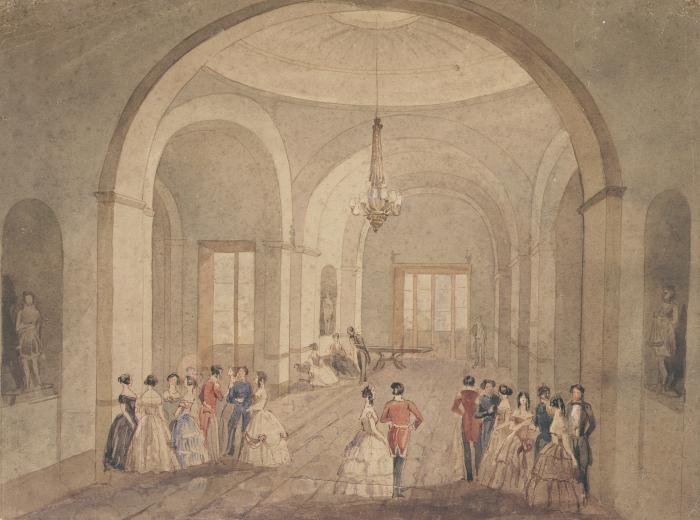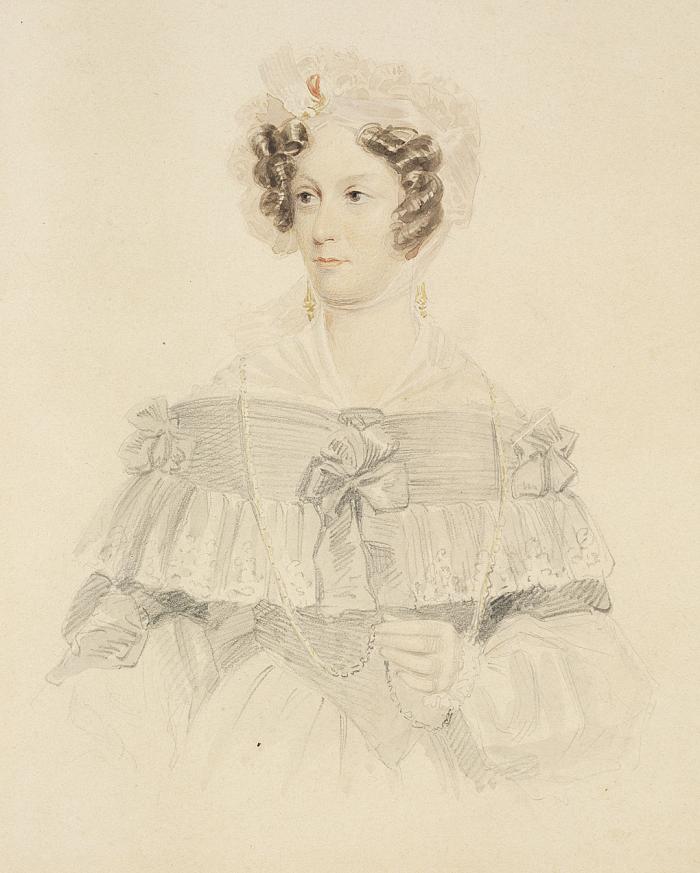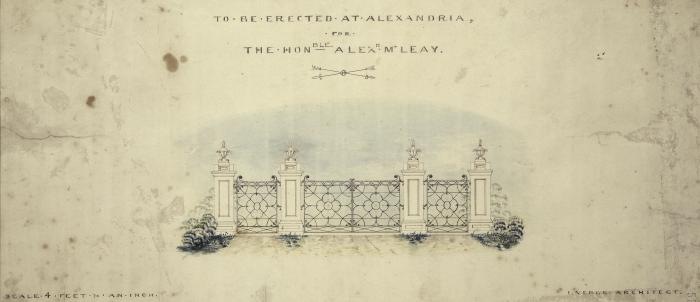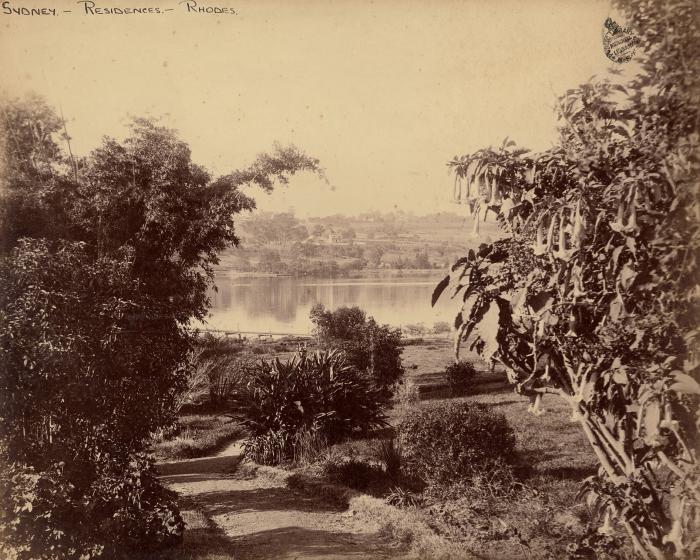Every day many thousands of Sydneysiders travel across the Cumberland Plain as they go about their lives in the city’s greater metropolitan area.
Few would give a passing thought to the history behind the names of suburbs and streets they pass through. Fewer still would think about the people from past centuries who made their homes on the plain. Its light forests are mostly all gone, and its rivers, creeks and swamps are greatly altered.
The Cumberland Plain was the first part of the colony of NSW to be settled by Europeans as they moved inland from Sydney Cove. The area extends from Sydney west to Penrith, south to Campbelltown and Camden and to Windsor in the north-west. Up to the early 1820s, the Blue Mountains marked the westward perimeter of this spread.
A small, privileged group of the new arrivals came with promises of farm and grazing land from the British Government; their ambitions for wealth and influence would have been impossible to achieve in their places of origin. They were allocated land without regard for its Indigenous occupants, the Gadigal and Dharug peoples of the Eora nation.
Most early settlers came from provincial parts of Britain. They had grown up with inherited attitudes about status and social hierarchies embedded in a centuries-old class system based on property ownership and agriculture. The men were often associated with the British Army or Royal Navy, or came to NSW as merchants and civil servants, accepting the offer of free land grants with alacrity.
Once established in NSW, they became known collectively as the ‘gentlemen of the colony’, the ‘exclusives’ or, less politely, the ‘pure merinos’ after the flocks they grazed. Their names — Blaxland, Macarthur, King, Macleay, Piper, Wentworth — and those of their properties — Newington, Camden, Homebush, Rhodes, Vaucluse, Annandale — are still part of Sydney life, even if many of the original associations have been long forgotten.
The exclusives quickly set up networks to develop and protect their colonial interests. By 1900, after two or three generations of living in Australia, they had become a powerful elite underpinned by patronage, property ownership, marriage and personal relationships. They cemented their influence through business, legal and trading connections, board and club memberships, and political positions.
They also acquired the means and time to write letters, compile journals, acquire furniture, books and paintings, and construct the buildings which became their legacy.
The pinnacle of wealth and prestige for families of the Cumberland Plain came in the late 19th and early 20th centuries. Their power and influence diminished throughout the last century, hastened by war and death duties, and finally by deregulation of the banking and finance industries and the globalisation of commerce.
In fact, the harbingers of change had appeared many decades earlier, the first precursor being the 1840s depression which hit many hard for the first time. As the population became more diverse, old hierarchies altered irrevocably. However, it took many years for the colonial gentry power structure to erode, casting long shadows on 20th century life in Australia’s oldest state.
For these early migrants, the Cumberland Plain was where their life in Australia began and it remained their base for several generations. It was where they built their first bungalows, often later to be converted or replaced by grander structures. It was their first source of wealth, before their landholdings extended across the state, and it was where their families lived.
The Library’s Mitchell and Dixson collections are the last resting places of the historical legacy of many of these people, recording their successes and failures, hopes and despairs. The stories unlocked by their manuscripts, pictures and maps are part of our everyday lives, if we know where to look.
Elizabeth Ellis OAM is Emeritus Curator, Mitchell Library.






